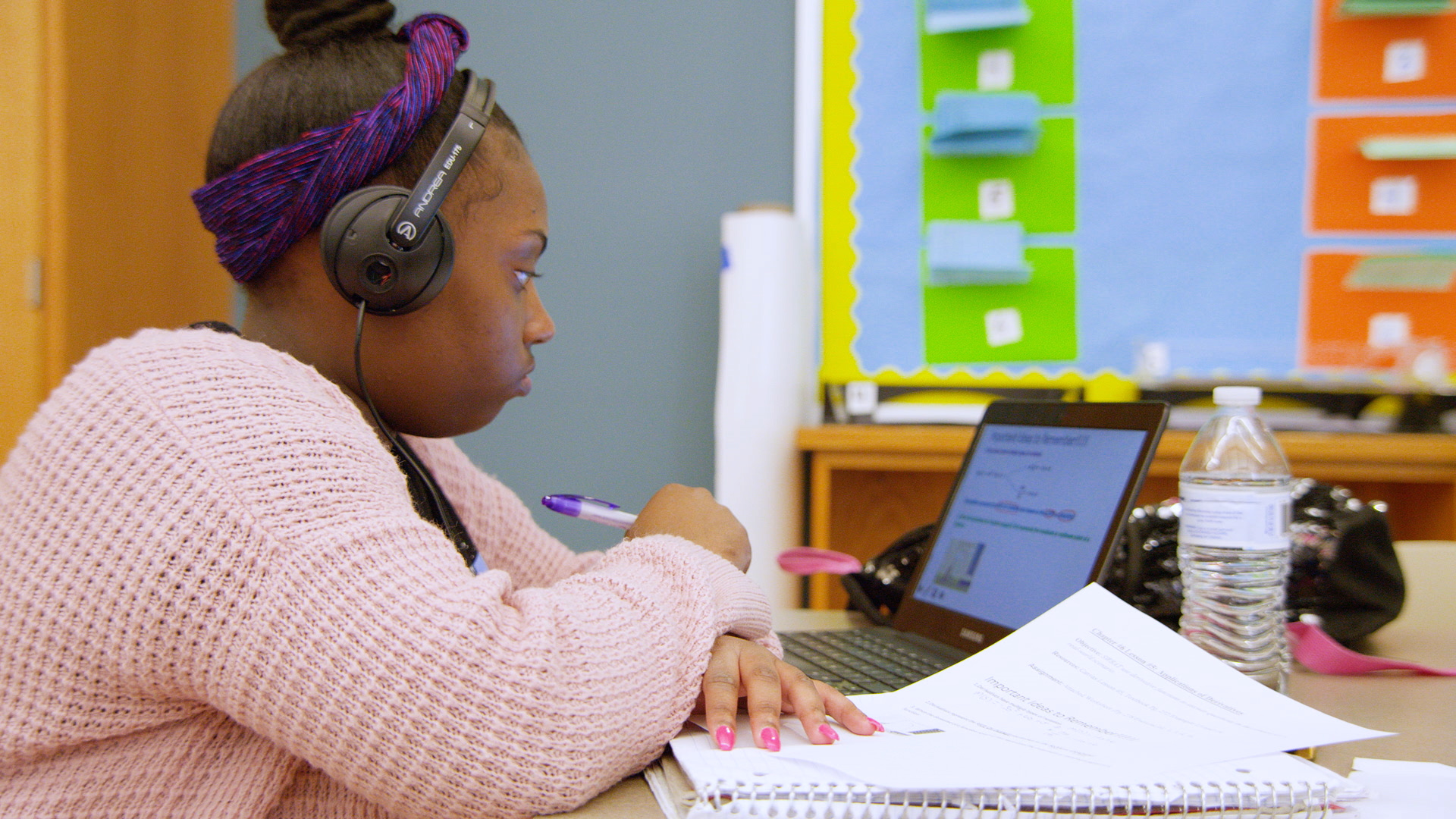Interestingly, the research suggests that students learn better from videos, and best from a combination of video and in-person instruction.
Dr. Michael Noetel, lead author of this research and professor of psychology at The University of Queensland, says, "Sure, we want to make classes interactive and engaging, but when we need to explain a concept in the first place, then videos are some of the best ways of doing that."
Why?
Dr. Noetel says, “Probably because we cut out all of the rubbish and we edit ourselves to be more concise. We lose all of the irrelevant stories, and students can skip the parts of our lectures that they think are boring. That was really surprising, and a little bit of a hit to the old ego to find out that they prefer to be able to skip parts of my lecture rather than have to sit through my stories.”
In other words, class time can be saved because the teaching gets right to the point.
This connects with the idea of the microlecture. By focusing on one particular concept or skill for only 6 minutes or less, a teacher creates powerful instructional video. This allows learners to slow down or catch up if needed, and frees up the instructor to work more with individual students and structure class time to maximize "interactive, higher-order activities where they can benefit from the support of others" including peers.
Instructional videos that combine audio and visual cues, packaged in easily digestible segments, also aligns to research about how students of all ages learn best.
Other uses for video instruction include, well, giving instructions! By recording instructions for stations or bigger assignments that students can pause, rewind, and return to, the teacher is able to reach more learners directly, by being freed up, and indirectly, by giving learners the power to customize their pace.
How might you use videos to more effectively meet the varied needs of your learners?
For more on making effective instructional videos and incorporating them wisely into class, check out these research-supported steps from Modern Classrooms Project founders and these 9 instructional video techniques that drive engagement from Screencastify.
